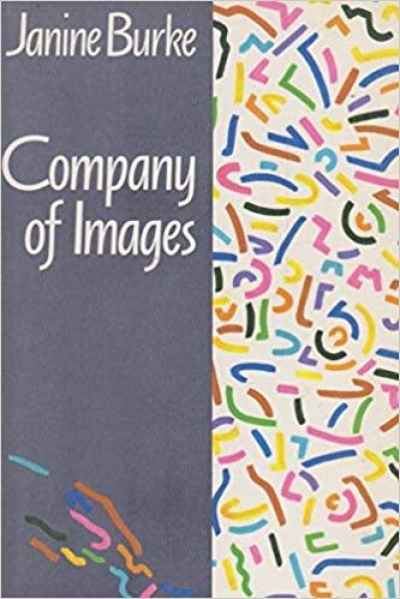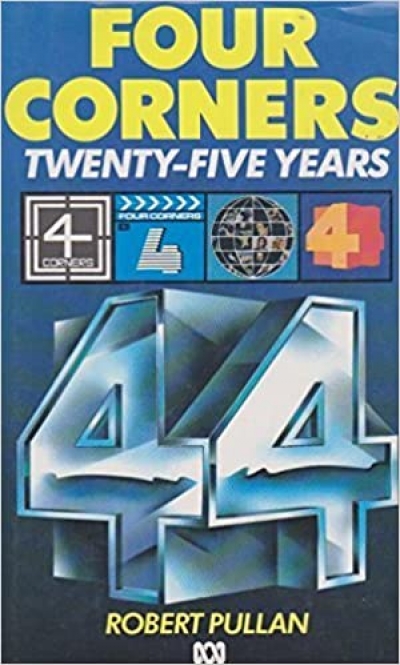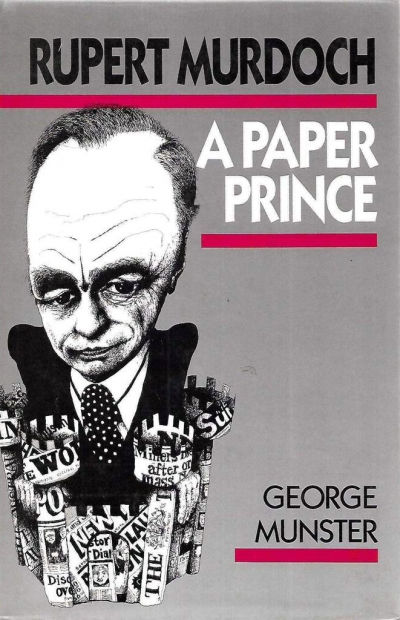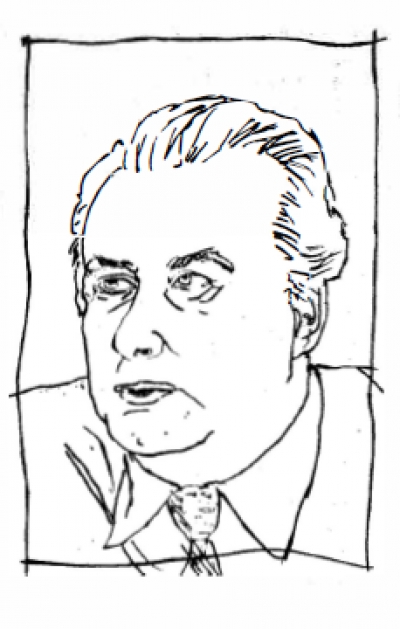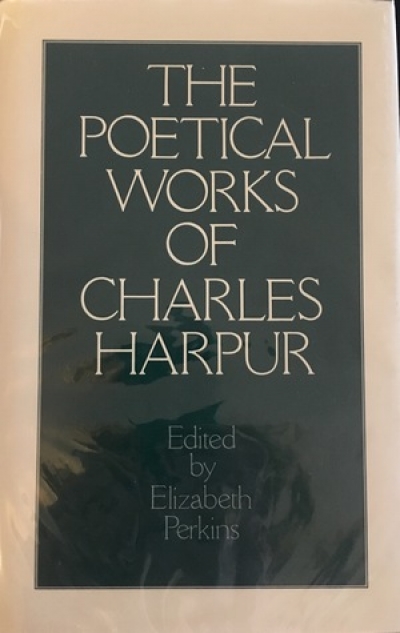Non Fiction
Kanga Creek: Havelock Ellis in Australia edited by Geoffrey Dutton
Are you (as I am) conscious of suffering from what they call the postmodern condition? You know, the spiritual and moral void within commodity culture, the isolation of individualism, the lack of meaning and all that. Since reading this book, I have begun to think that we should all spend time in Sparkes Creek. Havelock Ellis, who became the great British psychologist of sex, went there over a hundred years ago, as a boy of nineteen:
... (read more)Janine Burke’s Company of Images is a funny and socially astute book about painters and their promoters in contemporary Melbourne. The humour comes from sharp observations and deft characterisations. Burke’s minor figures are like good caricatures, but her major characters are a complex blend of impulses and emotions, which can be funny or sad. She takes the opportunity to send up predictably vulnerable members of her artistic community: the painter running to seed who often feels ‘small, helpless and angry’ and seduces or denounces his students according to the state of his ego; the curator with his eyes on New York and whose ambition is ‘to have friends he was unable to frighten’; the Professor of Fine Arts who roams his Department ‘inciting suspicion and acting out his own’; and the wealthy, titled collector who brings in a curator from the State Gallery to hang a painting in her toilet.
... (read more)At a recent international conference at Victoria Falls, Mr Rupert Murdoch spoke passionately of the role of a free press. His national masthead, The Australian, reported the essence.
... (read more)When Four Corners began on ABC television in 1961 there was little to break what Humphrey McQueen, following Manning Clark, has called the ‘Great Australian Silence’. True, the Sydney fortnightly magazine Nation had started in 1958; but there was little else to offer a toughminded or oppositional outlook on the orthodoxies and consensus that was Australia. So Four Corners was badly needed. In turn it and Nation were joined by others: Oz magazine and the televised Mavis Bramston Show in 1963; The Australian in 1964 and This Day Tonight.
... (read more)The Gentrification of Inner Melbourne: A political geography of inner city housing by William Stewart Logan
Inner city residential areas of large Australian cities have, it is said, been transformed by a marauding band of the professional middle class. These people bought dwellings with ‘potential’, took up residence, and refurbished their houses back to their original state or into some dainty contemporary form. Such has been the demand placed upon this housing that a sharp escalation in house prices has resulted. Increasing costs associated with this rise have forced many old, long-term, working class residents – the traditional inner city occupants – out into distant suburbs. Thus, inner city residential areas are now dominated by the middle class.
... (read more)English Prose Fiction 1158–1700: A Critical History by Paul Salzman
Paul Salzman has wit and judgement. He knows his chosen period is usually thought of as a lean one for prose fiction; he is anxious not to be typed as ‘the indefatigable in pursuit of the unreadable.’ He sees himself as the cartographer of a largely uncharted region: his main aim is to give us an idea of what is there.
A writer in this situation would like to be able to report on neglected masterpieces. Salzman is too sensible to make extravagant claims: the claims he does make are the more believable because they are modest. If he fails to find a seventeenth-century rival to Clarissa or Middlemarch, he nevertheless turns up some long and short fictions that deserve to be better known than they are. Mary Wrath’s Urania, ‘a feminist reading of the romance form’ which exposes ‘the less salubrious underside of the courtly code’, is one. It is apparently the earliest published work of fiction written in English by a woman. (It was suppressed soon after publication because it allegedly played ‘palpably and grossly’ with the reputations of certain influential people whom it portrayed under fictional names.)
... (read more)Evil Angels: The death of Azaria Chamberlain in the central Australian desert, and the events leading to judgement by John Bryson
John Bryson has tried to solve one of Australia’s great mysteries – how Azaria Chamberlain died. The cover of Evil Angels gives the clue to his answer. A bruise-coloured sky glowers over a stark, orange-brown desert. There is the twisted relic of a tree in the foreground and in front of it, like a spreading puddle of blood, the shadow of a dingo, its eyes on an evil slant.
... (read more)Rupert Murdoch: A paper prince by George Munster
One of the truly astonishing accounts to emerge in Munster’s account concerns another US president, John F. Kennedy, whose press secretary, Pierre Salinger, forged a cable in Murdoch’s name to kill a Murdoch report of an off-the-record talk he had with the president. The cable, sent through State Department channels, was signed ‘Murdoch’.
... (read more)The Whitlam Government 1972–1975 by E.G. Whitlam
This is a massive book, as large in scale as the author himself, running to over 700 pages, and – at a rough estimate – to something like 300,000 words of text, lightened only by a few photographs, all of them of Gough Whitlam with friends and enemies.
... (read more)It is 116 years since Charles Harpur, Australia’s first poet of real eminence, died with his own collection of his works unpublished. Except for a couple of small selections – the most recent of which, made by Adrian Mitchell in 1973 and containing only about 120 pages of the poetry, was the most comprehensive – and the infamously corrupt 1883 ‘collection’, it has remained so. This has been a blot on the reputation of Australian critical and academic workers and a loss not only to Australian literature but to Australian history. Now Elizabeth Perkins, of the English Department of James Cook University, has handsomely remedied a long injustice.
... (read more)


